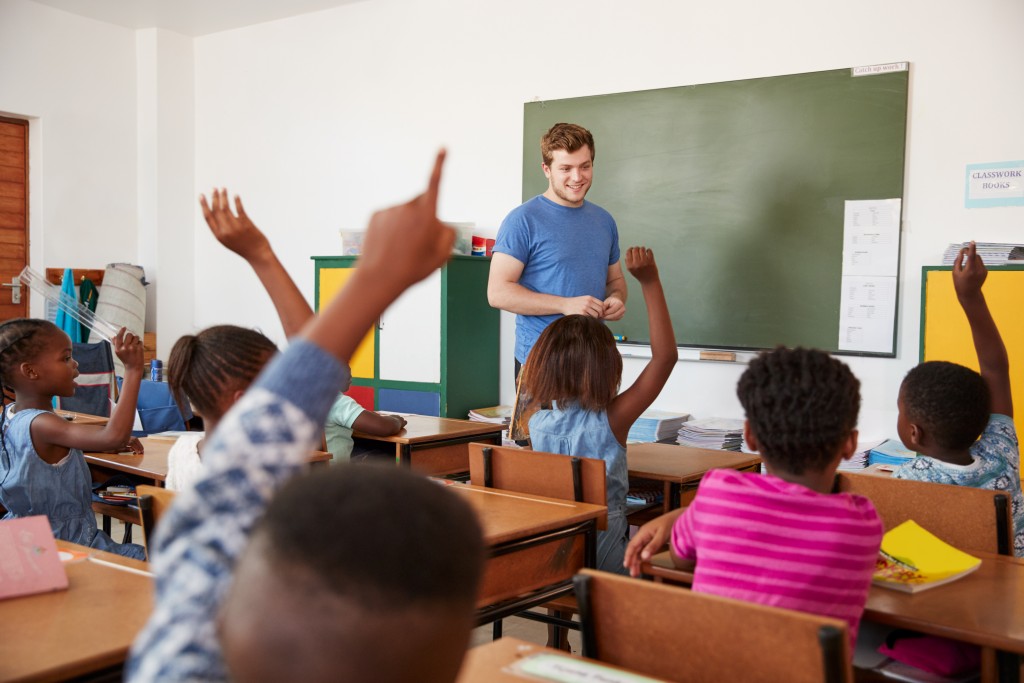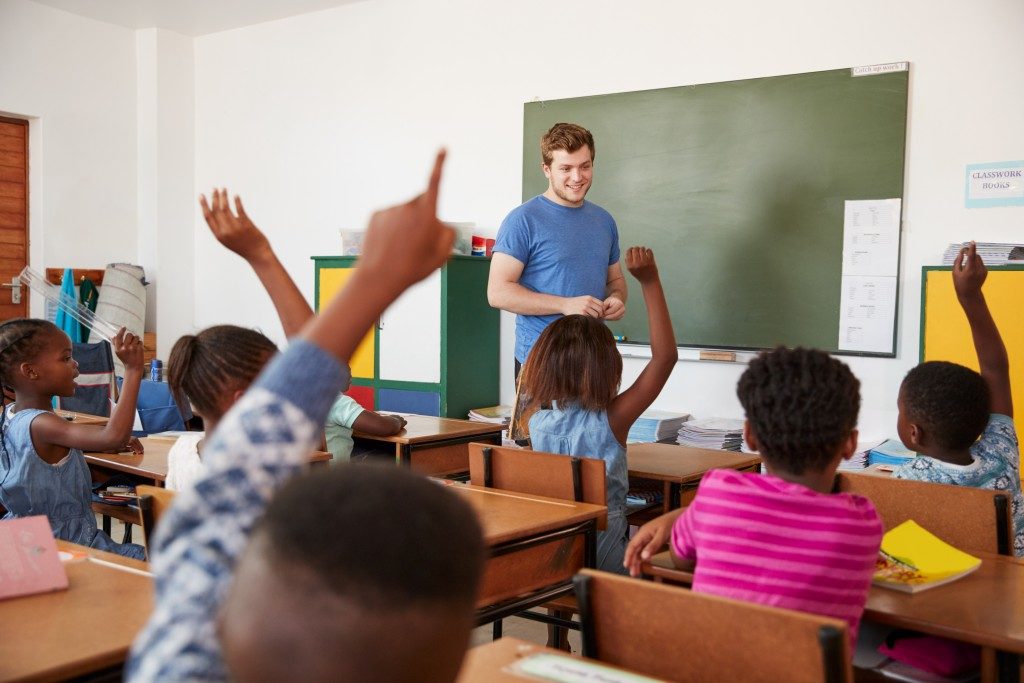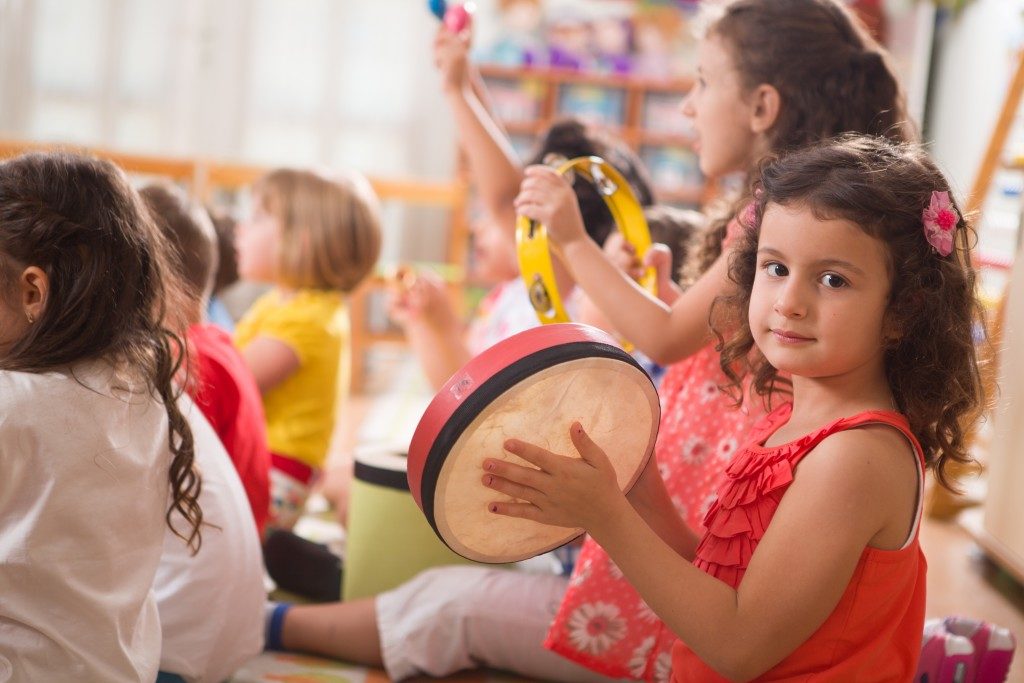Recognizing Multiple Intelligences When Teaching Kids


Teaching children during their formative years is crucial to their learning and development. How they are taught and how they learn will set the tone for how they receive instruction for the rest of their student life.
According to researchers, students have different learning styles or preferred methods of learning. This goes beyond the traditional way of teaching using a blackboard and chalk. Nowadays, a majority of kindergarten classes in St. Edward School and other educational institutions use various teaching aids and tools to make learning more fun and interactive for young kids.
Appealing to Different Kinds of Learners
You probably remember singing a lot of nursery rhymes or playing games to learn about numbers when you were still young. Other lessons involved coloring shapes or mimicking the sound of animals to remember their names. This is because children pick up lessons faster and with greater retention if music, games, visual aids or group activities are used. Learners of all ages benefit from different modes of teaching.

Harvard University professor Howard Gardner spent years studying learners. He came up with the theory of multiple intelligences, which propose that there at least seven kinds of learners. These are:
- Visual or spatial – These are learners who learn best through pictures, images and spatial understanding. These students follow tasks by imitation. This means that they would rather look at what the teacher is doing during an experiment than look at the handouts with instructions. At the same time, they would rather watch videos than listen to a lecture without visual aids.
- Auditory or musical – These learners prefer to listen to lessons. They record lectures and play them back for better retention. These students also excel in music classes.
- Verbal – They learn best with words. They read, write or listen to lessons. These students thrive in the old classroom setup where the teacher writes lessons on the board and students have to copy.
- Physical or kinesthetic – These are tactile learners who explore the world using their bodies and senses. They like to feel things, taste them, or smell different ingredients in class. They like to dance or excel in sports.
- Logical or mathematical – These students like numbers, formula, algorithms and logic when learning. They thrive in an environment where they find solutions to problems and by solving equations.
- Social or interpersonal – These students learn best with groups or teams. They like study groups or review sessions and excel in group activities and projects.
- Solitary or intrapersonal – These learners work best alone. They don’t like waiting for other team members to decide on a presentation theme or how to attack a project. They may be shy and reserved or just totally independent.
These various modes of learning also highlight the unique gifts and strengths of different students. A child who is not very adept in math may be a very talented musician. Exploring various areas of intelligence has given teachers and schools a new perspective on how to recognize a student’s strength and develop his talent. Each learner should not compete with others; only himself.




